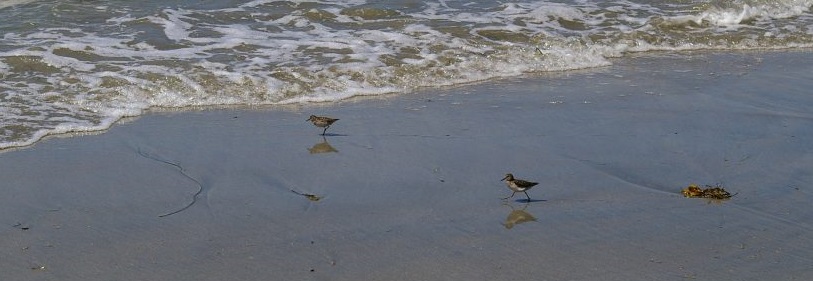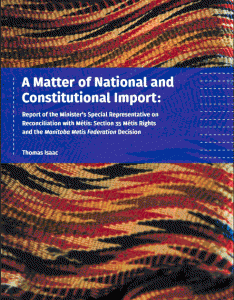On January 26, 2017 the Supreme Court of Canada (SCC) announced in a news release the creation of an archive of the “content of most online sources cited by the Court between 1998 and 2016.” The archive is located in the Judgment section of the SCC website: Internet Sources Cited in SCC Judgments 1998 – 2016
The SCC has responded to ongoing issues with citation of online sources, namely “link rot” where a URL (Uniform Resource Locator) does not serve up any content, and “reference rot” where the link works but the information has changed (see Zittrain, below at p 177) . The SCC now captures and archives online sources cited in the “Authors Cited” section of judgments and assigns an “archived version” URL thus ensuring that future researchers will be able to read what the Court cited.
The SCC’s approach is not new, since 2008 the US Ninth Circuit has archived websites it cites (see Liebler, below at p. 301). Readers who use the Government of Canada website may recall seeing “archived on the web” messages on web pages, indicating these webpages have been captured and archived online. Often these archived sources are captured in the Government of Canada’s’ web archive. It is most often that online free sources develop link rot. Databases like Lexis Nexis and Westlaw assign their own persistent identifiers (see Lyons below at p. 685).
The assignment of an “archived version” link grows from the establishment of persistent URLs (PURLs). Use of PURLs provides for continuity of references to network resources that may migrate. PURLs have been in use since 1995. Early examples of permanent URLs are found in the catalogues and databases of government information. The United States Government Printing Office uses PURLs in US GPO FDSYS. Persistent URLs were designed to get around the problem of “link rot”, i.e. no content, which occurs when a website and it folders are moved to entirely different locations and servers (see Liebler & Liebert below at p. 305).
Current examples of moving to different servers? Government website reorganizations after elections. President Obama’s White House webpages have been archived at: https://obamawhitehouse.archives.gov/ . The Government of Canada is currently redesigning all of its websites. Fortunately, the government publications likely to be cited in a judgment or scholarly publication will have a PURL. You just have to use the right PURL locator,for example, the Government of Canada Publications catalogue, the Legislative Library of British Columbia Catalogue, the United States Government Printing Office catalogue, and now the SCC Internet Sources.
Another example of capturing and archiving cited sources is Perma.cc, developed by the Harvard Law Library. Like the SCC archive, Perma.cc captures what an author sees at moment of citation (Zittrain, below at p. 191). Authors provide a link to Perma; Perma then archives the full text associated with the URL. Perma then returns a new URL, a Perma URL, to the author for use instead of original URL, thus avoiding “link rot”. Perma goes one step further; ensuring through LOCKSS technology permanent preservation of the captured content. Perma is being used by law reviews in Canada and the United States, include UVic’s own Appeal: Journal of Law Review and Reform.
And we mustn’t overlook the Internet Archive’s WayBack machine. If no one institution has take the time to create a web archive or PURL, you may luck out by using the WayBack Machine at https://archive.org/web/
For more information on Perma, link rot, and permanent URLs see:
Jonathan Zittrain, Kendra Albert, & Lawrence Lessig, “Perma: Scoping and Addressing the Problem of Link and Reference Rot in Legal Citations” (2014) 127 Harv. L. Ref. F. 176, online: <http://harvardlawreview.org/2014/03/perma-scoping-and-addressing-the-problem-of-link-and-reference-rot-in-legal-citations/>. Also published in (2014) 14 Legal information Management.
Raizel Liebler & June Liebert, “Something Rotten in the State of Legal Citation: the Life Span of a United States Supreme Court Citation Containing an Internet Link (1996-2010)”, (2012) 15 Yale J.L. & Tech. 273, online: <http://heinonline.org/HOL/Page?handle=hein.journals/yjolt15&collection=journals&id=273>
Susan Lyone, “Persistent identification of electronic Documents and the Future of Footnotes”, (2005) 97 Law. Libr.J. 681, online: <http://heinonline.org/HOL/Page?handle=hein.journals/llj97&collection=journals&id=679>
PURL <http://www.oclc.org/research/themes/data-science/purl.html>
Permca.cc <https://perma.cc/>


